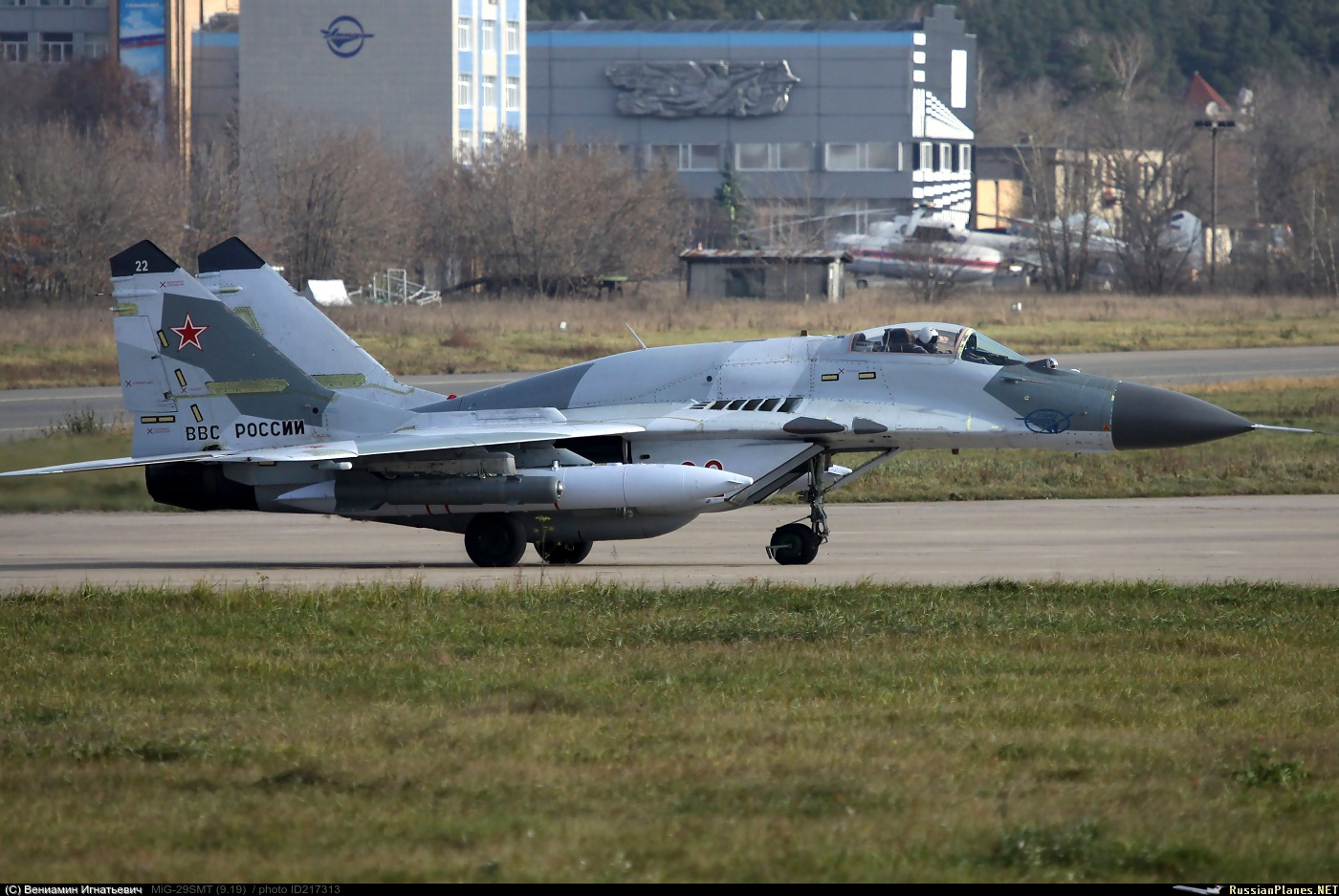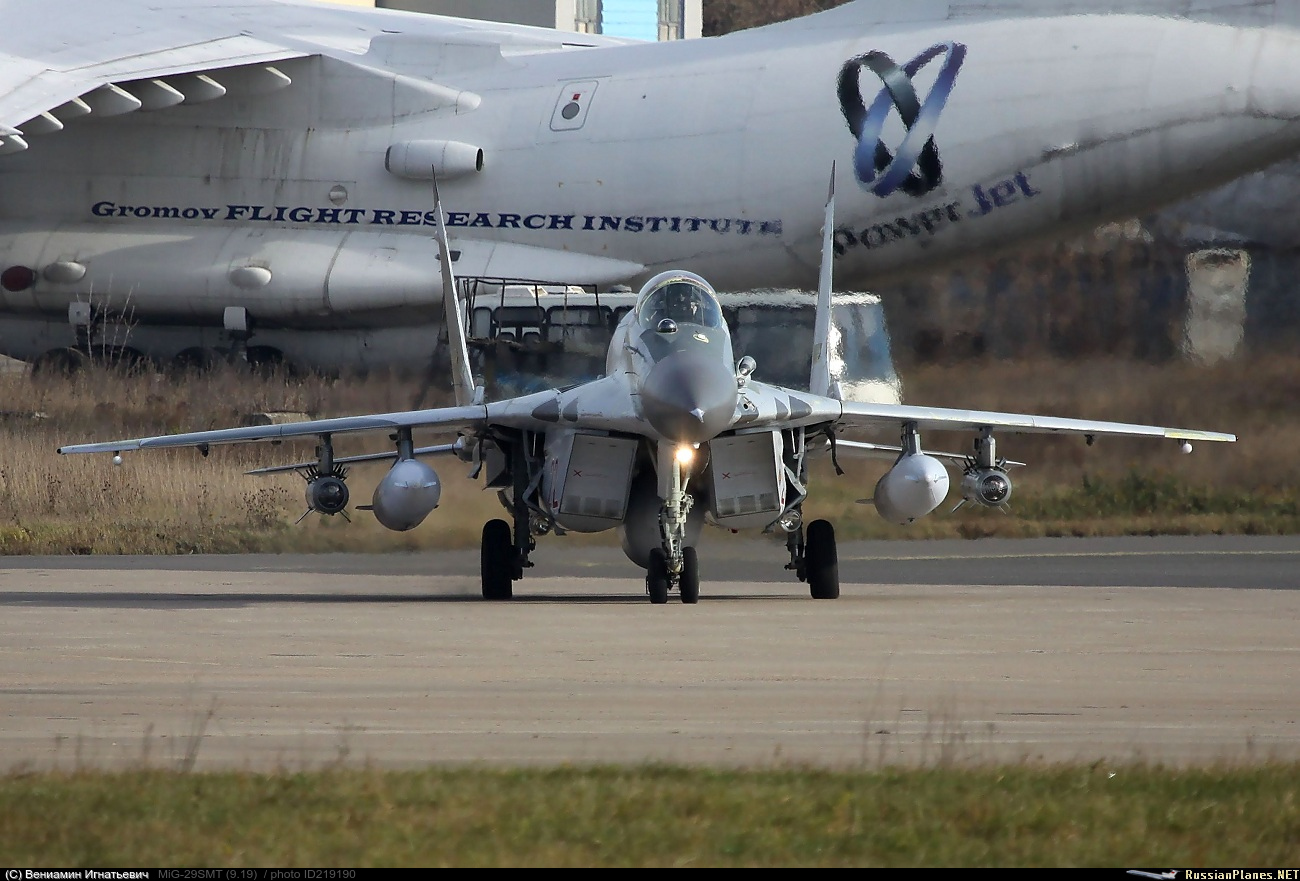 GarryB Wed Jan 10, 2018 7:26 am
GarryB Wed Jan 10, 2018 7:26 am
The MiG-35 is not going to be hunting Su-35s or Rafales, it is a short range fighter/interceptor/bomber... and to be honest when its AESA radar matures and becomes more capable it will be using that rather more and more.
The R-27T has a range of 65km against a fighter sized target, while the R-27ET has a range of about 80km against a fighter sized target, but AFAIK neither have a datalink or autopilot and lock on after launch capability so it does not matter what range it can detect a target with its IRST, if the seeker in the missile cannot detect the target at such ranges then you are wasting your time.
The IR guided models of Alamo are mostly intended for chase down intercepts from behind where normal radar tracking is not so effective... which means firing a missile with a 65km effective intercept range actually means launching when it is less than 30km away and heading away from you and having it catch up.
They would probably have a range of less than 30km at low altitude but then most WVR missiles will have less than 10km range at such altitudes in ideal conditions.
In the next gen missiles for the PAK FA they might have medium and long range missiles with IIR seekers that can lock on after launch (they have to because they can't lock onto targets from inside a weapon bay). That means you can detect the trace of an enemy aircraft and launch a long range missile in that direction with its seeker looking for targets all the way passively... the ultimate anti stealth weapon... Very simply the range of the IRST is not a problem... if you detect any IR signature then you know the target is either very very hot or it is at most 60km away... so a 280km range IIR guided R-37M should be able to run it down and catch it up even if it cannot detect it at launch.
The IRST in the MiG-29A export model is superior to the IRST fitted as standard in the F-22...











